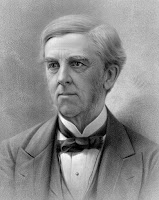29 September 2016: It is possible (I did not check) that we posted this last year, but as the event happens only once every five years, and it is beyond spectacular, we thought it might bear another (if indeed we have previously posted it) look. The following images from SAIL AMSTERDAM 2015 are amazing, some real "eye-candy" for those who love the sea and ships.
Every five years a parade of ships, 'SAIL Amsterdam' takes place.
In August thousands of vessels, from small sailboats to large replicas of
caravels, full rigged ships, and training vessels arrive at the IJ bay north of the city and then pass to the capital
of the Netherlands: in 2015 IT involved 8,000 vessels and millions of spectators. I do not think this "show" occurs anywhere else on earth! Enjoy!
Hope you enjoyed these great pictures of an amazing event. Well done, Amsterdam!
Until next time,
Fair Winds,
Old Salt



















